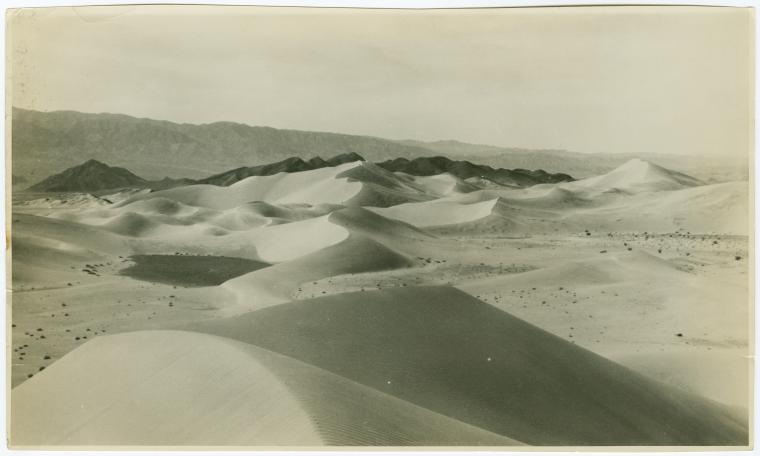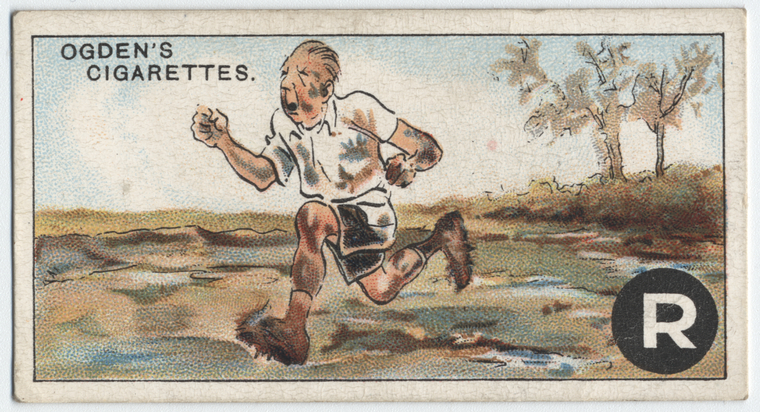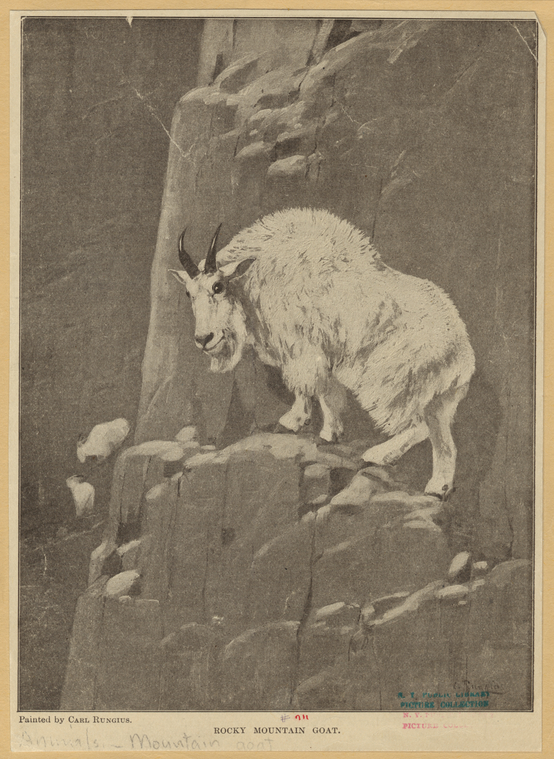Endurance racing: Second Leg, Ultra-Marathons

For those mountain goat runners out there, this race climbs up and over a 14,000-foot mountain peak, hitting above 12,000 feet an unlucky 13 times!
Among some of the other interesting races are an Alaskan race run in—brr!—February, (Susitna 100), and there’s even a 3,100 mile race that covers a half-mile loop in Queens, NY repetitively for months (Self Transcendence 3100 Mile Race).
As you can imagine, ultra-marathoners are competitive folks, and so they’ve established a “Grand Slam” of ultras. You know, just in case running 100 miles once is too easy. The Grand Slam is achieved through running the original big four trail races in one season: the aforementioned Western States 100, the Leadville Trail 100, the Vermont 100, and the Wasatch Front 100.
If you’d like to learn more about long-distance running, and even get an inside scoop on the experience of some of these races, the library holds several books you’ll want to investigate. While researching this post, however, I found lots of books on marathons (search the subject “Marathon running”) and blogs by ultra-marathoners, but an order of magnitude fewer books on ultra-marathons. I suspect the athletes are just too busy running!
- Born to Run, by Christopher McDougall
- Corbitt : the story of Ted Corbitt, long distance runner, by John Chodes
- The Extra Mile: one woman's personal journey to ultra-running greatness, by Pam Reed
- Racing the antelope : what animals can teach us about running and life (republished as Why We Run), by Bernd Heinrich
- Ultra-marathon Man: confessions of an all-night runner, by Dean Karnazes
- Ultrarunning Magazine
Read E-Books with SimplyE
 With your library card, it's easier than ever to choose from more than 300,000 e-books on SimplyE, The New York Public Library's free e-reader app. Gain access to digital resources for all ages, including e-books, audiobooks, databases, and more.
With your library card, it's easier than ever to choose from more than 300,000 e-books on SimplyE, The New York Public Library's free e-reader app. Gain access to digital resources for all ages, including e-books, audiobooks, databases, and more.
If you don’t have an NYPL library card, New York State residents can apply for a digital card online or through SimplyE (available on the App Store or Google Play).
Need more help? Read our guide to using SimplyE.


Comments
A Flock of Seagulls
Submitted by (not verified) on April 13, 2010 - 2:46pm
The Distance of Truth
Submitted by Laura Ruttum on April 13, 2010 - 6:55pm
Trivia Upon Trivia
Submitted by (not verified) on April 13, 2010 - 3:36pm
For Want of a Nail...
Submitted by Laura Ruttum on April 27, 2010 - 4:17pm
Fascinating and Thank You
Submitted by (not verified) on April 30, 2010 - 11:43am
.
Submitted by Laura Ruttum on April 27, 2010 - 4:19pm
Interesting Radiolab segment
Submitted by Lauren Lampasone on July 5, 2011 - 12:29pm